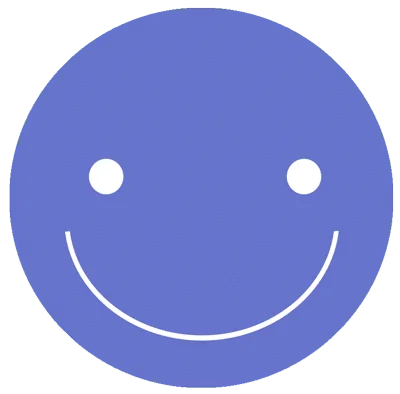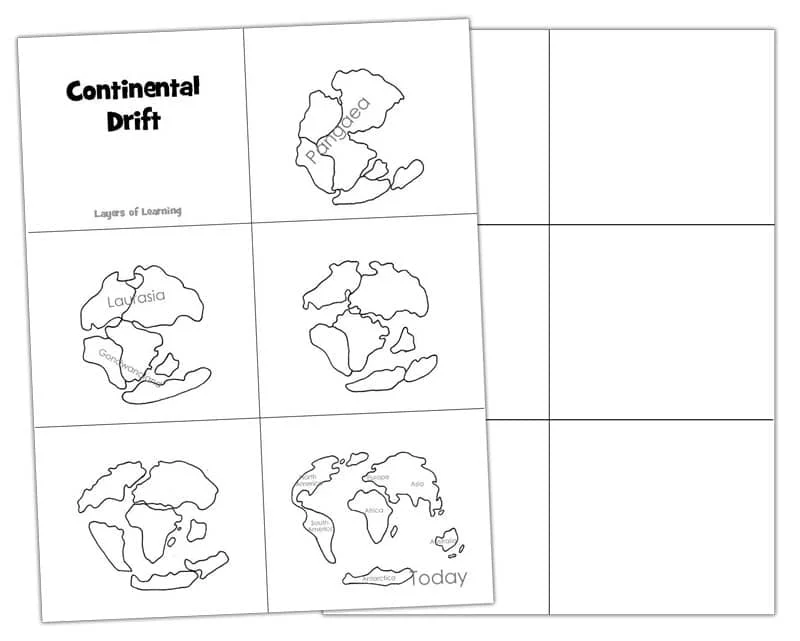This exploration is for all ages, as the colored smilies show. You can learn about plate tectonics with your whole family together!




The plate tectonics printables are an earth science exploration from Earth & Space: Plate Tectonics about the plates that make up the earth’s crust and how they move, plate tectonics. Layers of Learning has engaging printables in every unit of this family friendly curriculum. Learn more about Layers of Learning.
We began this exploration by watching a video from Bozeman Science about plate tectonics. We use videos often to introduce or learn more about a topic. Layers of Learning has video playlists for every unit. Videos are a great way to ensure that everyone can understand the basics of the topic before you begin exploring further.
Step 1: Library Research
Before you begin exploring, read a book or two about plate tectonics. Here are some suggestions, but if you can’t find these, look for books at your library about plate tectonics. The colored smilies above each book tell you what age level they’re recommended for.
As Amazon affiliates, the recommended books and products below kick back a tiny percentage of your purchase to us. It doesn’t affect your cost and it helps us run our website. We thank you!

How Mountains are Made
by Kathleen Zoehfeld


The Incredible Plate Tectonics Comic
by Kanani K. M. Lee

Step 2: Plate Tectonic Coloring Exploration
To complete this exploration you will need the printable Plate Boundaries, printable Plate Tectonics and colored pencils or crayons,
Color the printable showing the Plate Boundaries. Draw pictures in the spaces to complete the printable. The top row of pictures should show diagrams of each type of fault. The bottom row of pictures should show the geological formations that result from each type of fault. The kids have to do some research to complete this one. Have them re-watch videos, or search their books to find out what divergent, convergent, and transform boundaries look like and what they become on the surface of the planet.

The theory of plate tectonics is a unifying theory for geology. Plate tectonics is crucial to our understanding about how all earth processes happen from the rock cycle to the building of mountains to volcanoes, to earthquakes, and more.
A unifying theory is the main theory that explains how a whole group of natural phenomenon come about. If we discover in the future that plate tectonic theory is wrong, then everything we understand about how mountains form, how earthquakes happen, how volcanoes happen, and how the entire crust of the earth is made would be changed as well.
On the printable, fill in the blank space with the word “plates”. Then draw images of some of the things that plate tectonics explains in each of the spaces the arrows point to. Discuss unifying theories with your kids.

Pangaea Flip Book Exploration
Here is a bonus exploration about continental drift. Since the earth’s crust is broken into “plates” and these plates are moving, then the continents must have moved over the history of the earth too. Geologists believe that the current continents once formed a single big super continent. They named the super continent Pangaea.
You can make a filp book that shows the continents moving. Here is a printable Pangaea flip book to get you started.

A flip book makes pictures move, by flipping rapidly through the pages with your thumb on the edge of the sheets. Print then cut apart the sheets on the lines and line them up in order behind the title page.
The second page of the printable has blank rectangles so you can add more pages between the printed ones, to show a more gradual drifting of continents and to make your flipbook thicker. Print out as many of these as you would like. You can also use the blank sheets to invent your own continents and show them drifting, eroding, and crashing into each other, while imagining where the fault lines are between the continents. How would they move? How would they form in the first place?
When you have your book the way you like, make sure the bottom edge of the pages, where you will place your thumb to flip the pages, are even, then staple the top to bind the sheets together.
Step 3: Show What You Know
Have your children choose one of their worksheets to show off to everyone. Hold up the pictures drawn and then explain what the pictures are showing. Put the completed worksheets in a binder behind a “science” divider.
Additional Layers
Additional Layers are extra activities you can do or tangents you can take off on. You will find them in the sidebars of each Layers of Learning unit. They are optional, so just choose what interests you.
Writer’s Notebook
Alfred Wegener, as he was trying to convince people about his ideas, had to take some pretty complicated concepts and make them simple enough for non-scientists to understand. You are an expert on something. It could be how to defeat a video game boss, how to do kick-flip on a skateboard, or the story behind your favorite TV character. Explain your expertise in simplified terms so someone who has never heard of it can have an understanding.
Additional Layer
The forces that move the earth are massive and majestic. People have created art of the formations and the processes of earth many times.

Find an image of a volcano, a rift valley, a giant mountain, or another huge earth moving formation and use it as inspiration for your own art.
Famous Folks

Alfred Wegener was the first scientist to propose that the earth’s crust was broken into plates which were drifting. He was mocked and his ideas weren’t accepted until decades after his death. Learn more about him.
Get a Free Unit
Choose between the first unit in each Layers of Learning subject to try for free when you sign up for the newsletter.
We never spam and you can cancel your subscription at any time.






How do i get my free unit?
Thank you
Dina, Did you sign up for the email newsletters? When you do, you will receive the free unit in your inbox automatically.
This is my first time on your website and I am so happy that I found you. I work with middle school special ed students and always looking for lessons and activities to share with the kids that are informative and in a format that is understandable for them. This lesson is just what I was hoping to find. Thanks.
Thank you so much for this information, this helped me a lot with plate tectonics.
Pingback: ➡ 🌍 Geography Unit 2.2: Tectonic Plates and Plate Boundaries – Hearts, Maps & Minds